Bionic architecture takes inspiration from the physiological, behavioral, and structural adaptations found in living organisms. By studying and emulating the ways in which biological systems respond to internal and external forces, architects aim to create buildings that are not only aesthetically striking but also self-sufficient and responsive to changing environmental conditions. These structures are designed to be adaptable and can modify their structure in response to factors like weather and temperature fluctuations.
Evolution of Bionic Architecture
Bionic architecture emerged in the 1990s as a movement that drew inspiration from the fields of biotechnology and cybernetics, as well as from natural systems and processes. It built on the concept of biomimicry, which uses natural forms and processes as inspiration for design, and took this approach a step further by seeking to replicate the efficiency, resilience, and adaptability of natural systems and processes in the design of buildings. Bionic architecture relies heavily on advanced technology and engineering, including digital simulation tools, 3D printing, and biomimetic materials such as self-healing concrete.
Today, bionic architecture is an established and growing field, with architects and designers exploring new ways to apply the principles of bionics to building design. This includes the development of new technologies that allow buildings to adapt and respond to changing environmental conditions, such as temperature and weather.
Classification of Bionic Architecture
Bionic architecture can be classified based into various categories based on the parameters mentioned below:
Based on the Level of Biomimicry
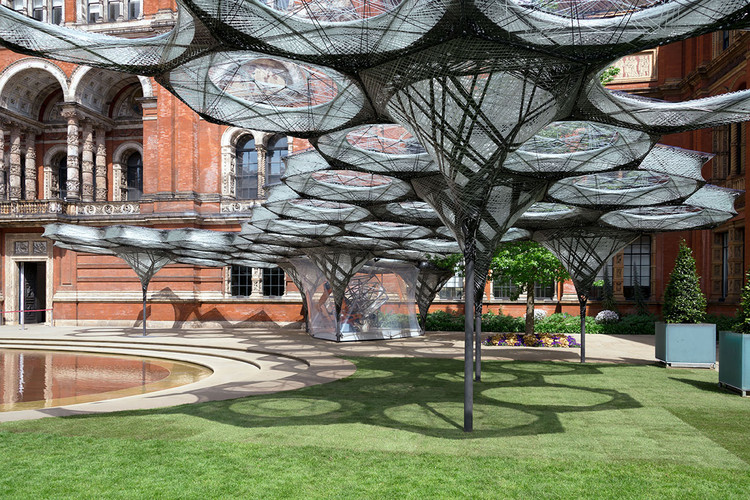
One way to classify bionic architecture is based on the degree of biomimicry or imitation of natural systems. In this classification, bionic architecture can be divided into three categories: literal biomimicry, abstract biomimicry, and biomorphic architecture. Literal biomimicry involves directly copying natural forms, structures, and functions into the design of buildings. Abstract biomimicry uses natural systems as a source of inspiration but translates them into more abstract or symbolic forms. Biomorphic architecture creates buildings that resemble living organisms, often using biomorphic shapes and patterns in the design.
Based on the Design Approach
Another way to classify bionic architecture is based on the design approach used. In this classification, bionic architecture can be divided into three categories: form-based, process-based, and system-based. Form-based bionic architecture focuses on mimicking natural forms and structures. Process-based bionic architecture emphasizes the replication of natural processes and functions, such as circulation and filtration systems. System-based bionic architecture integrates multiple natural systems to create a sustainable and adaptive building.
Based on the Type of Technology Used
A third way to classify bionic architecture is based on the type of technology used in the design process. In this classification, bionic architecture can be divided into two categories: analog and digital. Analog bionic architecture uses traditional design techniques, such as sketching, model making, and physical prototyping, to create bionic structures. Digital bionic architecture uses computer-aided design (CAD) software, simulation tools, and 3D printing to create bionic structures with a high degree of precision and complexity.
Exemplary Buildings Depicting Bionic Architecture
Here are three examples of buildings that are remarkable examples of bionic architecture across the globe:
Shanghai Tower
The Shanghai Tower is an iconic skyscraper located in the Pudong district of Shanghai, China. Completed in 2015, it stands 632 meters tall and comprises 128 floors. The building’s unique design is inspired by traditional Chinese architecture and the shape of a bamboo shoot, with nine cylindrical sections that twist as they rise to reduce wind loads and increase stability. The tower’s distinctive shape also creates a series of outdoor atria that provide natural ventilation and promote social interaction among the building’s occupants.
One of the most striking bionic features of the Shanghai Tower is its use of a “mega bracing” system inspired by the structure of a bamboo shoot. Like a bamboo stalk, which is made up of a series of hollow, interconnected segments that provide strength and flexibility. The building’s tapered profile also helps to reduce wind turbulence and drag, which in turn reduces the amount of energy needed to keep the building upright.
Al Bahar Tower
The Al Bahar Tower is a striking high-rise building located in Abu Dhabi, United Arab Emirates. Completed in 2012, it stands at a height of 145 meters (475 feet) and is home to a mix of commercial and residential spaces. The tower was designed by the international architectural firm Aedas, with a focus on creating a sustainable and energy-efficient building that blends traditional Islamic design elements.
A key bionic feature of the Al Bahar Tower is its dynamic façade, which is made up of a series of movable elements. These elements, which are referred to as “mashrabiya,” are designed to shade the building’s interior from the intense desert sun while still allowing natural light and air to circulate. The mashrabiya is controlled by a computerized system that adjusts its position in response to changing weather conditions and the position of the sun. This system is inspired by the traditional latticework screens that are commonly found in Islamic architecture.
Bullitt Center
The Bullitt Center is a six-story office building located in Seattle, Washington. Completed in 2013, it is widely regarded as one of the greenest and most sustainable office buildings in the world. The building was designed by the Miller Hull Partnership, an architecture firm based in Seattle, with a focus on using bionic design principles to create a building that is both energy-efficient and comfortable for its occupants.
One of the key features of the Bullitt Center is its innovative use of natural ventilation and daylighting. The building’s design is modeled after a tree, with a central “trunk” that houses the building’s elevator and stairwell, and a series of “branches” that provide natural ventilation and daylighting. The building’s windows are designed to maximize natural light while minimizing solar heat gain and can be opened and closed to regulate temperature and airflow.
In Conclusion
Bionic architecture is rapidly gaining popularity globally, with more and more architects and builders adopting its principles. The growing concern for the environment and the need for sustainable building solutions have led to an increased interest in bionic design principles. Many countries have now incorporated these principles into their building codes, incentivizing builders to adopt more sustainable and eco-friendly practices. This trend is expected to continue in the future, with bionic architecture becoming a standard practice in the construction industry.




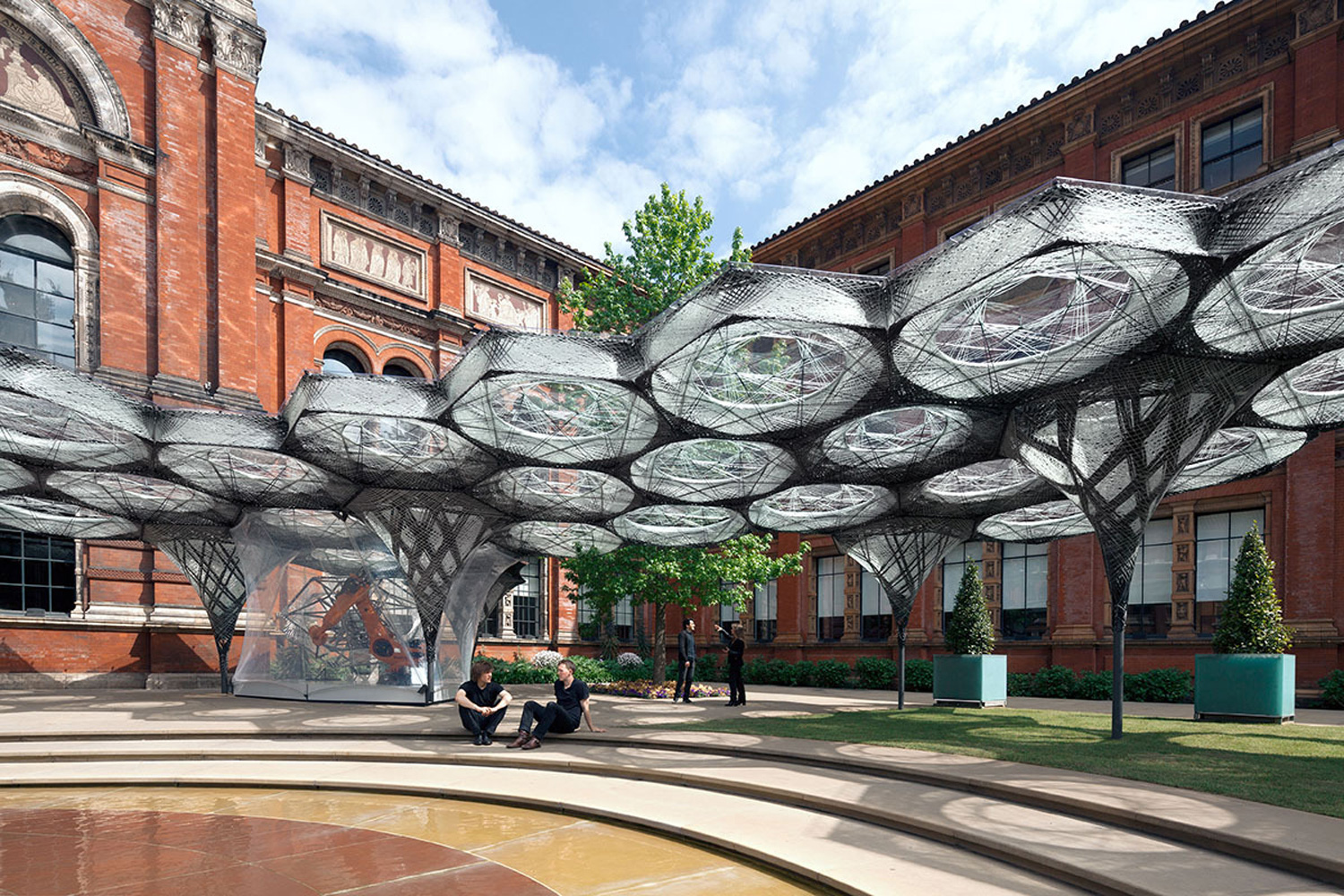
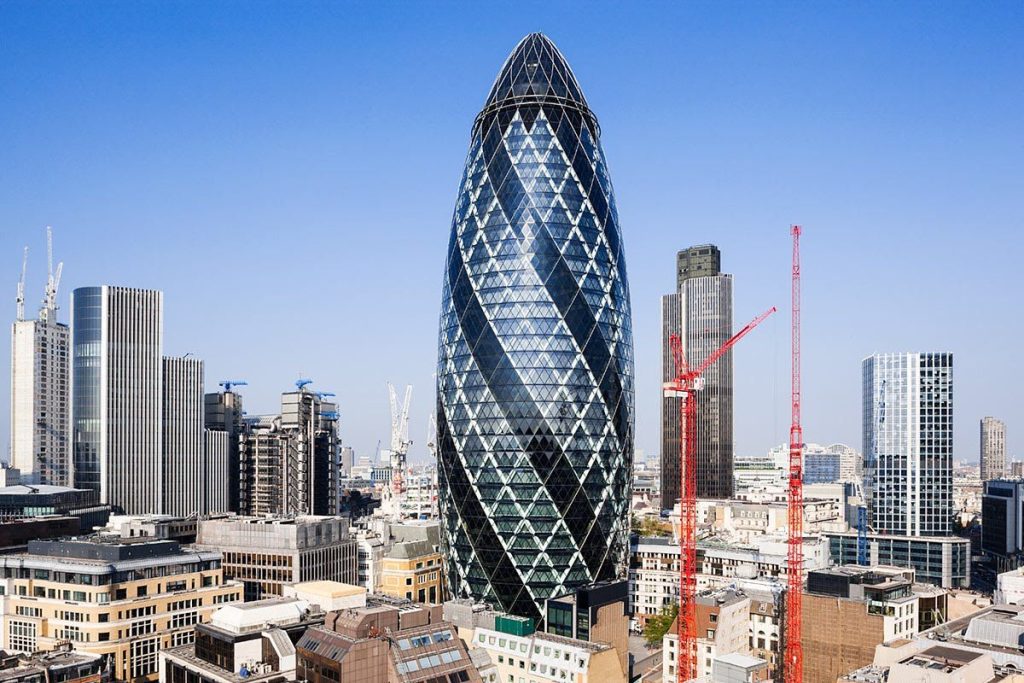
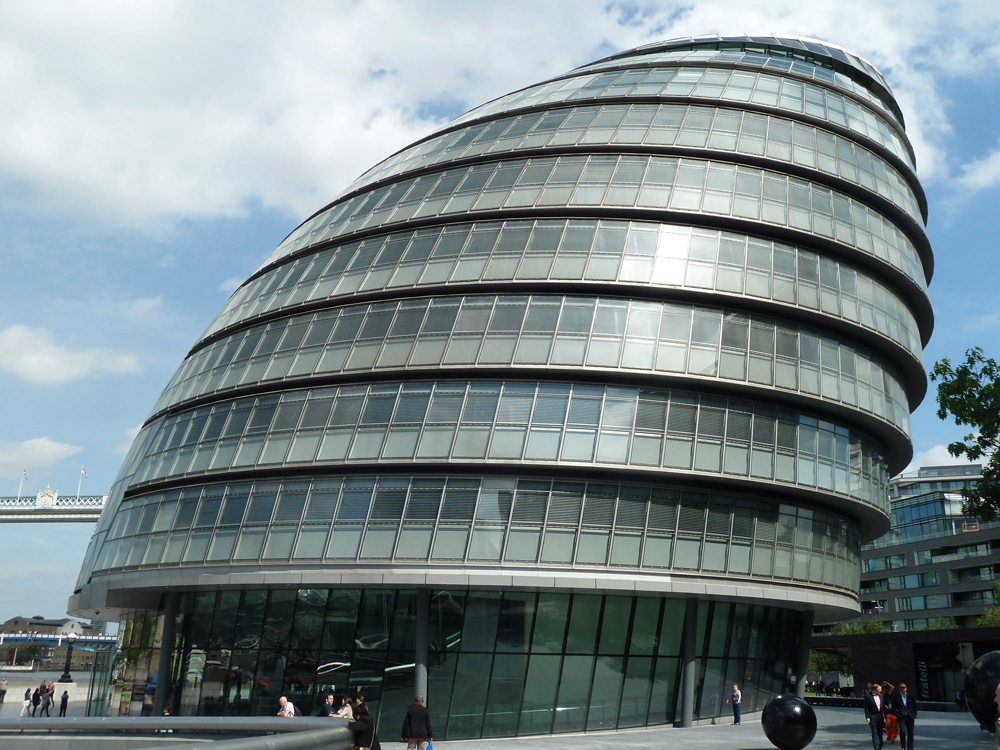
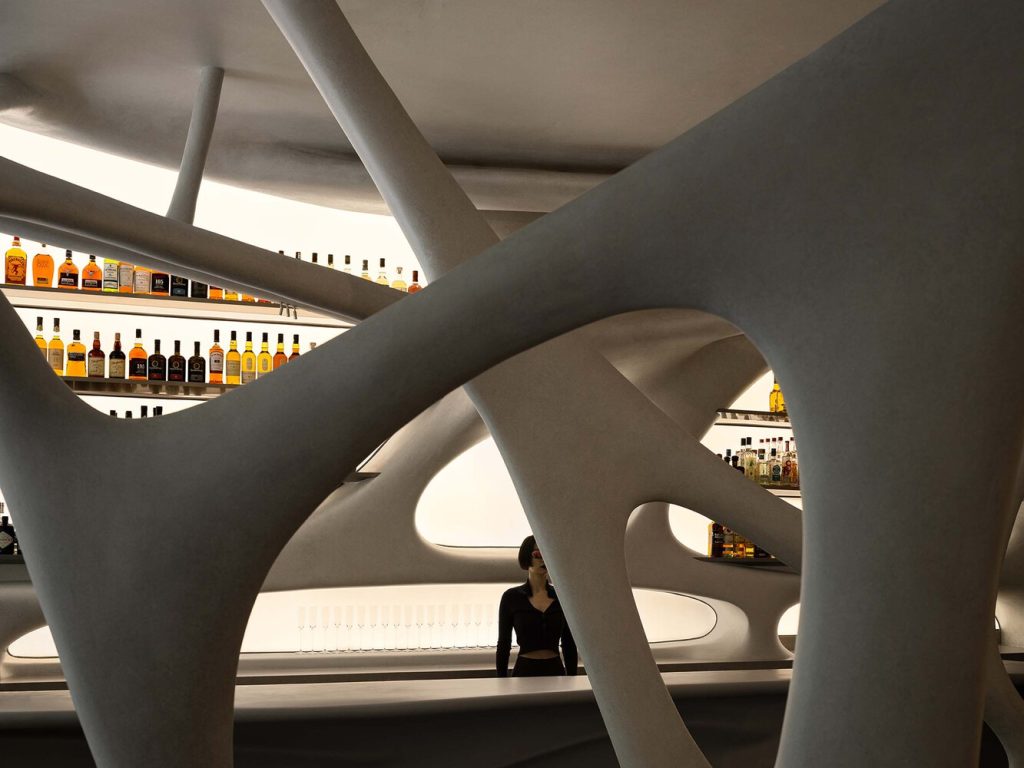
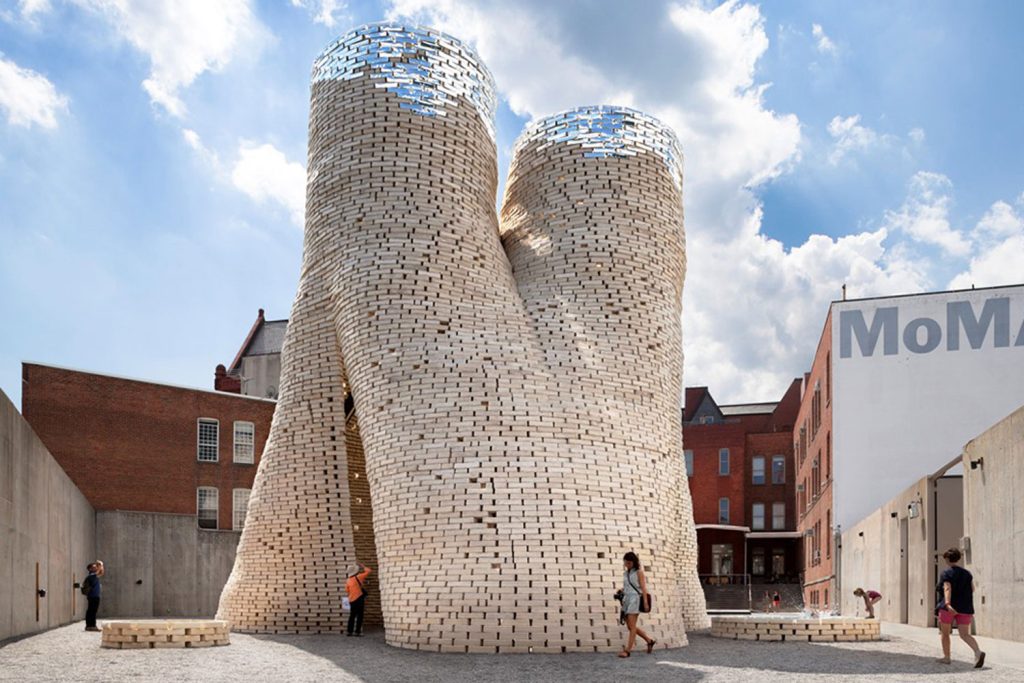
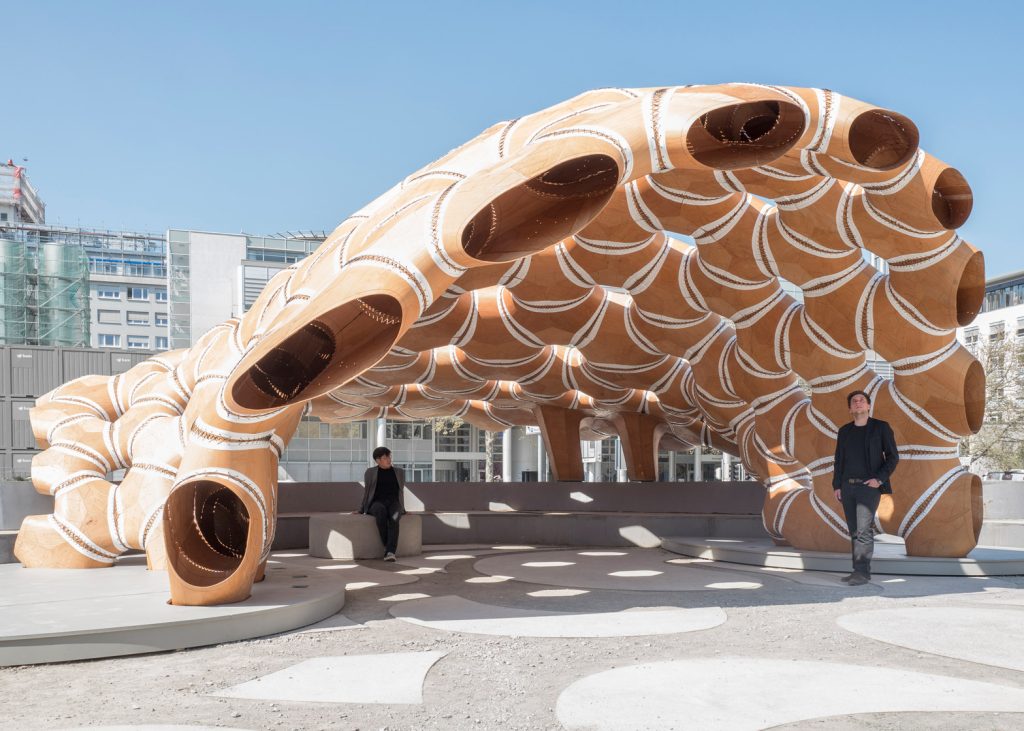
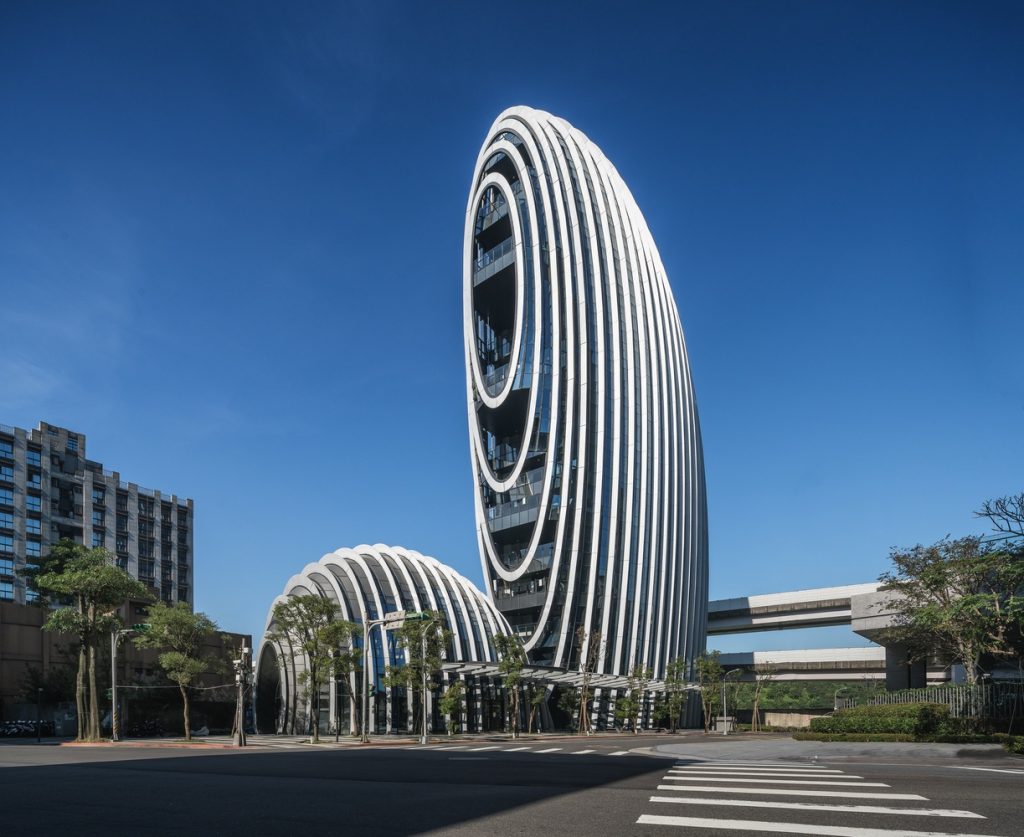
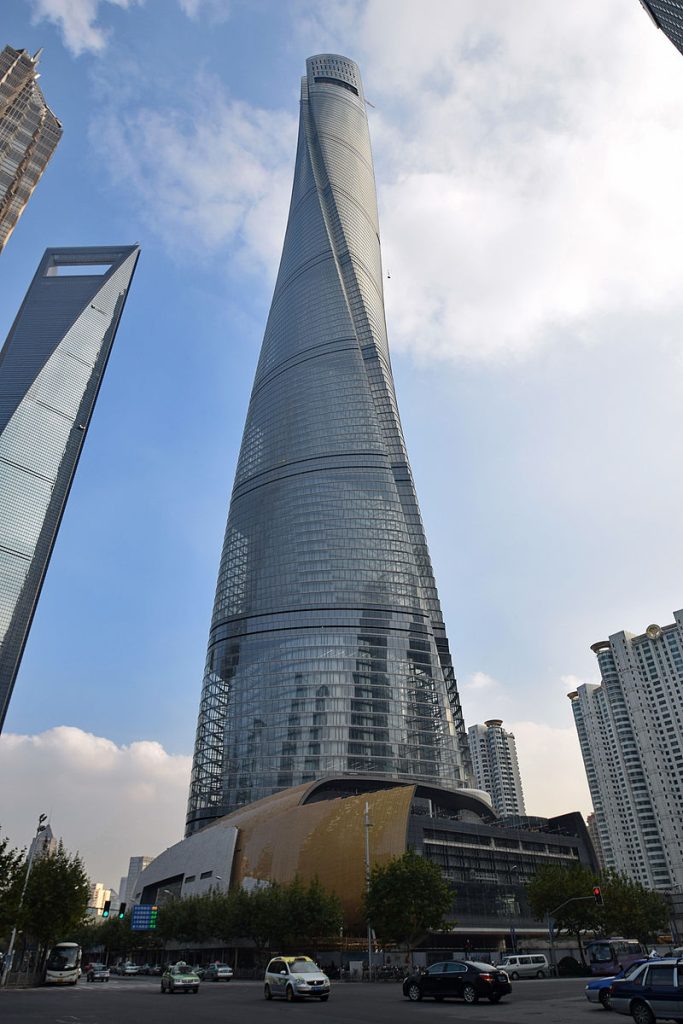
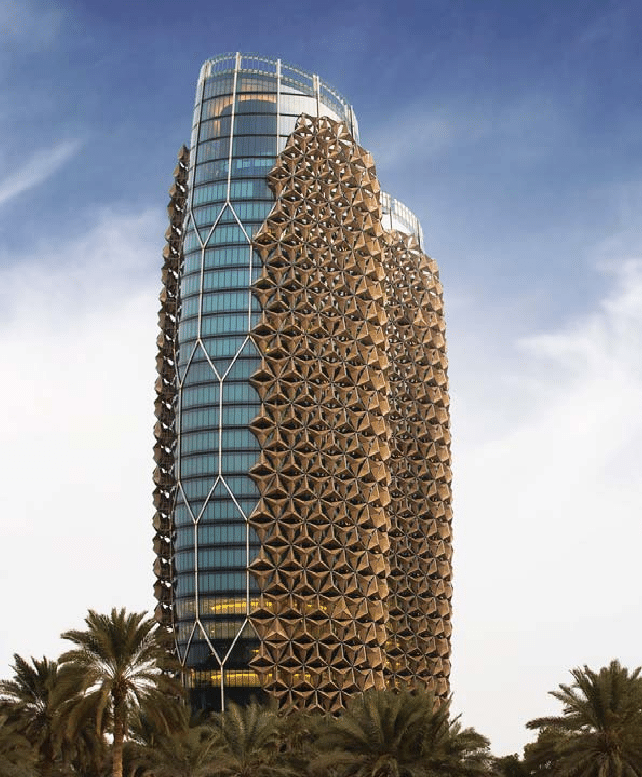
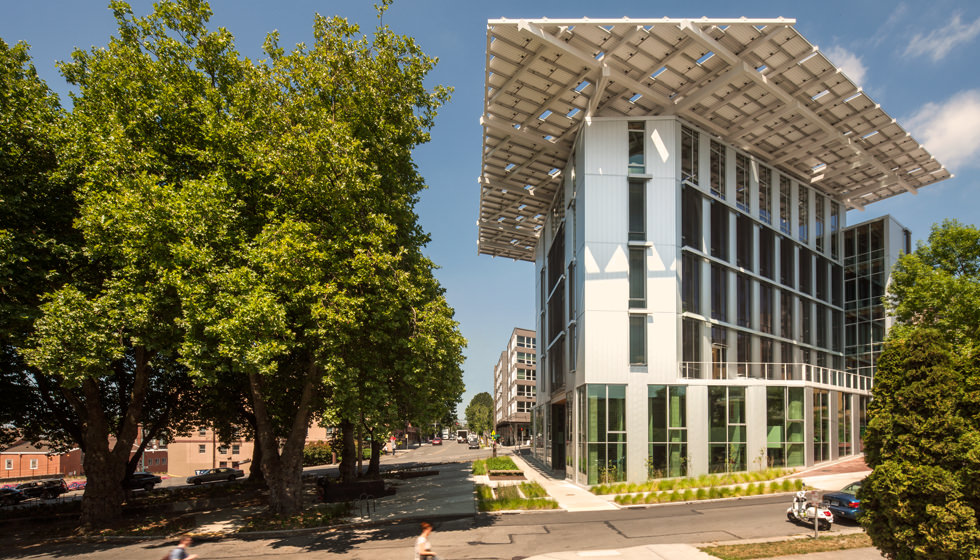
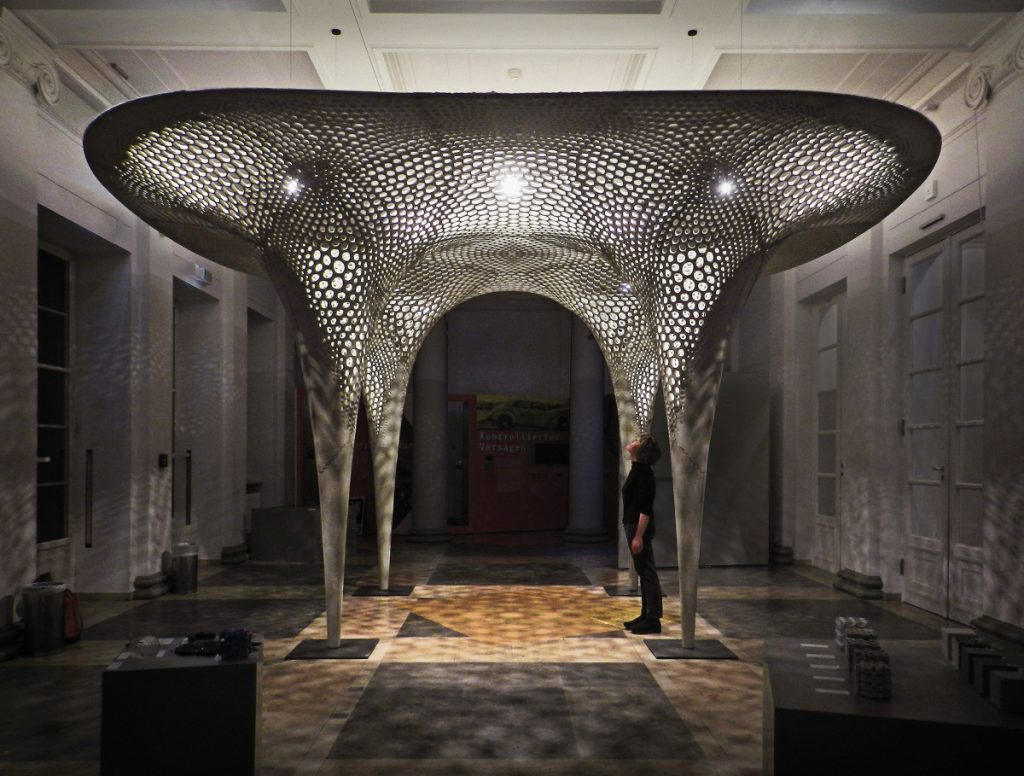














Leave a comment